Original Waterlox Finish for Countertop?
alexisls
12 years ago
Featured Answer
Comments (7)
RRM1
12 years agoRelated Professionals
Beaumont Cabinets & Cabinetry · Daly City Cabinets & Cabinetry · South Riding Cabinets & Cabinetry · Enterprise Carpenters · Miami Carpenters · Evergreen Park Carpenters · Addison Flooring Contractors · Maryville Flooring Contractors · Ocoee Flooring Contractors · Powell Flooring Contractors · West Chester Flooring Contractors · Bend Furniture & Accessories · Tucson Furniture & Accessories · Kansas City Furniture & Accessories · Rogers Furniture & Accessoriesbobismyuncle
12 years agoRRM1
12 years agoRRM1
12 years agobobismyuncle
12 years agoRRM1
12 years ago
Related Stories

FLOORS10 Ways to Make the Most of Your Home’s Original Floors
Save yourself the cost of replacing your old floorboards with these tips for a new finish
Full Story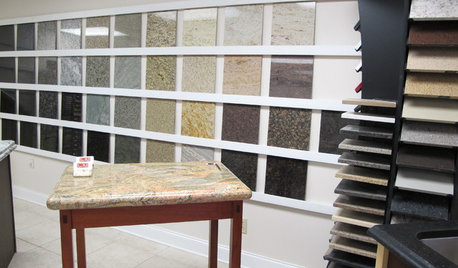
KITCHEN COUNTERTOPSWalk Through a Granite Countertop Installation — Showroom to Finish
Learn exactly what to expect during a granite installation and how to maximize your investment
Full Story
REMODELING GUIDESOriginal Home Details: What to Keep, What to Cast Off
Renovate an older home without regrets with this insight on the details worth preserving
Full Story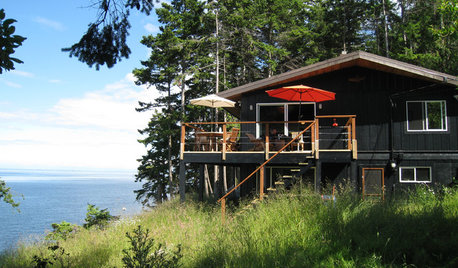
REMODELING GUIDESLove the One You're With: Honoring a Home's Original Charm
Before you jump into teardown mode, consider these 3 examples of homes whose quirkiness is a draw
Full Story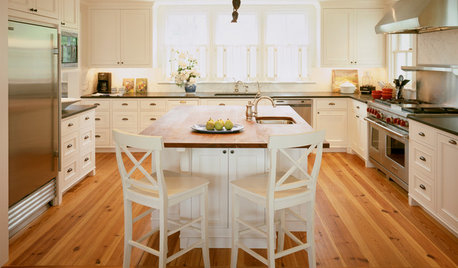
KITCHEN DESIGN3 Steps to Choosing Kitchen Finishes Wisely
Lost your way in the field of options for countertop and cabinet finishes? This advice will put your kitchen renovation back on track
Full Story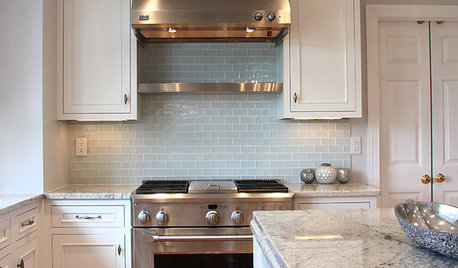
KITCHEN DESIGN5 Favorite Granites for Gorgeous Kitchen Countertops
See granite types from white to black in action, and learn which cabinet finishes and fixture materials pair best with each
Full Story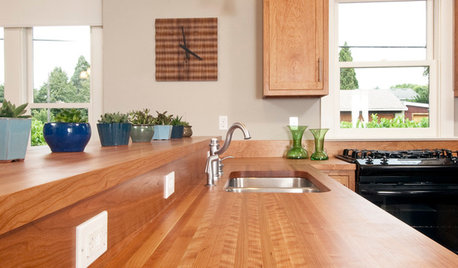
KITCHEN DESIGNWonderful Wood Countertops for Kitchen and Bath
Yes, you can enjoy beautifully warm wood counters near water sans worry (almost), with the right type of wood and sealer
Full Story
KITCHEN COUNTERTOPS10 Countertop Mashups for the Kitchen
Contrast or complement textures, tones and more by using a mix of materials for countertops and island tops
Full Story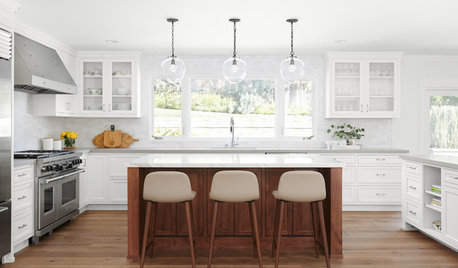
KITCHEN WORKBOOKWhen to Pick Kitchen Fixtures and Finishes
Is it faucets first and sinks second, or should cabinets lead the way? Here is a timeline for your kitchen remodel
Full Story





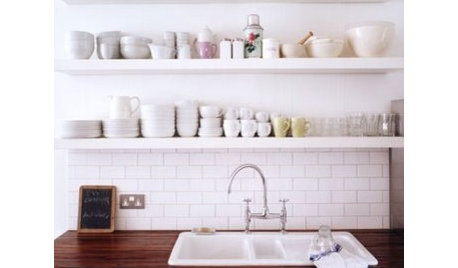
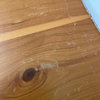

aidan_m